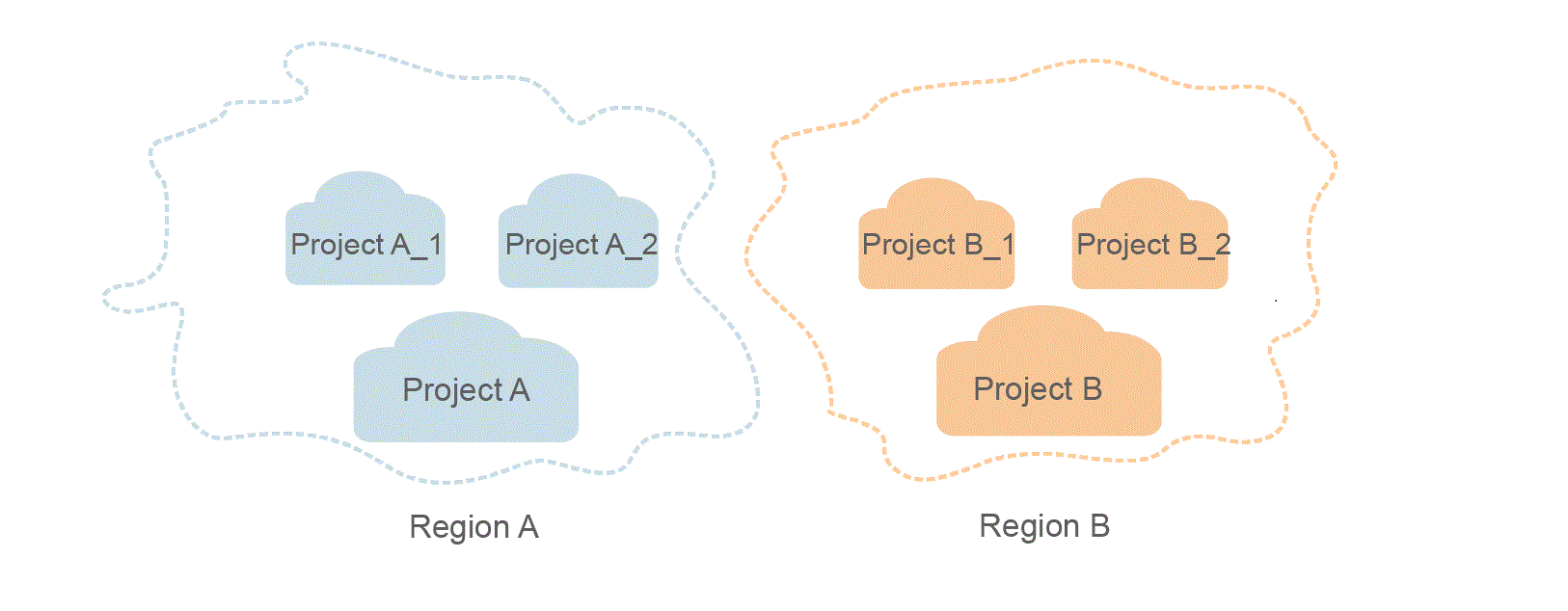Before You Start
Media Live is a broadcast-grade livestreaming service that supports features such as channel management and content encryption, making it an ideal option for media and broadcasting.
This document describes how to use application programming interfaces (APIs) to perform operations on Media Live, such as managing live transcoding templates and creating channels. For details about all supported operations, see API Overview.
Before calling a Media Live API, ensure that you are familiar with concepts related to Media Live. For details, see Media Live User Guide.
Media Live supports Representational State Transfer (REST) APIs, allowing you to call APIs using HTTPS. For details about API calling, see Calling APIs.
Endpoints
An endpoint is the request address for calling an API. Endpoints vary depending on regions. For the endpoints of Media Live, see Table 1. You can also query the endpoints of services on Regions and Endpoints.
Constraints
|
API Category |
API Name |
Max. User Requests |
Max. API Requests |
|---|---|---|---|
|
OTT Channel Management |
|
80 times/minute |
80 times/minute |
Concepts
- Account
A domain is created upon successful registration. The domain has full access permissions for all of its cloud services and resources. It can be used to reset user passwords and grant user permissions. The account is a payment entity and should not be used to perform routine management. For security purposes, create IAM users and grant them permissions for routine management.
- IAM user
An IAM user is created using an account to use cloud services. Each IAM user has its own identity credentials (password and access keys).
An IAM user can view the account ID and user ID on the My Credentials page of the console. The domain name, username, and password will be required for API authentication.
- Region
A region is a physical location where cloud resources are deployed. Availability zones (AZs) in the same region can communicate with each other over an intranet but AZs in different regions cannot communicate with each other. For low network latency and quick resource access, select the nearest region. The choice of regions may also be subject to legal compliance requirements.
- AZ
An AZ is one or more physical data centers within a region. It has independent cooling, fire extinguishing, moisture-proof, and electricity facilities. Within an AZ, compute, networking, storage, and other resources are logically divided into multiple clusters. AZs within a region are connected using high-speed optical fibers for high availability.
- Project
Projects group and isolate resources (including compute, storage, and network resources) across physical regions. A default project is provided for each region, and subprojects can be created under each default project. Users can be granted permissions to access all resources in a specific project. For more refined access control, create subprojects under a project and purchase resources in the subprojects. Users can then be assigned permissions to access only specific resources in the subprojects.
Figure 1 Project isolating model
Feedback
Was this page helpful?
Provide feedbackThank you very much for your feedback. We will continue working to improve the documentation.See the reply and handling status in My Cloud VOC.
For any further questions, feel free to contact us through the chatbot.
Chatbot





